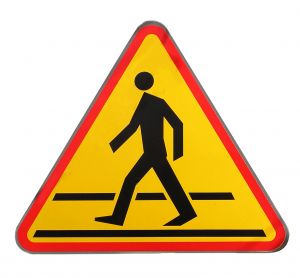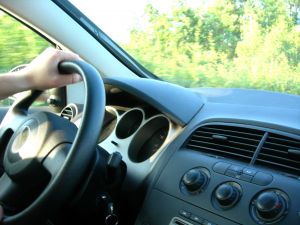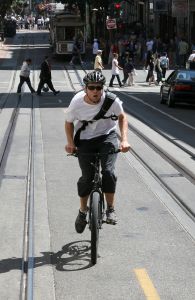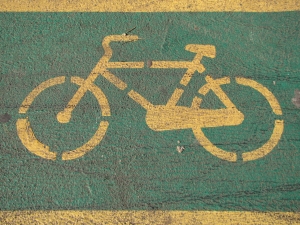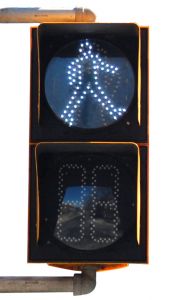A 51-year-old woman was recently killed in a taxi-pedestrian accident in South Boston. Police officers are investigating the accident that happened at the intersection of Dorchester Street and Dorchester Avenue shortly after 9:30 p.m. The woman was transported to Boston Medical Center where she was later pronounced dead, according to the Boston Globe. According to local officers, the woman was hit by a Brookline-based taxi.
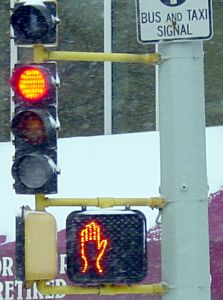
As we recently reported on our Boston Personal Injury Attorney Blog, many trips through Boston only require a short walk or bike ride. After a report was recently released revealing the state’s top 200 most dangerous intersections for pedestrian and bicycling accidents, some residents may think twice before making the trek this way. Some of the most influential factors of a pedestrian’s safety on our roadways are the habits of nearby drivers.
The Massachusetts Executive Office of Public Safety and Security reports that more than 20 percent of all traffic-related deaths were of pedestrians in 2008. Nearly 100 pedestrians were killed throughout the year. Nearly 250 additional pedestrians suffered serious injuries from traffic-related accidents during the same time.
The public safety office also says that many are quick to point the blame at drivers, but the truth isn’t that cut and dry. Far too many accidents have happened at non-intersection areas, where pedestrians should not be crossing. Residents are urged to learn the pedestrian laws of the roadway to help reduce their risks for one of these potentially fatal accidents. Another contributor to these fatal accidents is the design of roadways. Safer sidewalks and crossing areas can greatly reduce the risks of a fatal pedestrian accident.
To help promote safer walkways, WalkBoston and Sidewalk Sam previously teamed up to paint South Station’s sidewalks to raise awareness about the need for open and continuous public sidewalks on the Rose Fitzgerald Kennedy Greenway. The fight for safer sidewalks continues on today as constructors continuously make plans to alter the walkways.
“Keep the Greenway Walkable” was used to help to demonstrate just how popular this morning commute is for on-foot travelers. This path gets many commuters from the North Station to the South Station and back.
WalkBoston will continue to fight for the rights of pedestrian travelers. Walking and biking is a vital way for residents and visitors to get around the area. Unfortunately, these individuals are at a high risk for injury when walking along roadways in which designs were not created in their best interest. Many roadways were designed to accommodate fast-moving traffic instead of to benefit the on-foot traveler. Motorists are asked to keep an eye out for pedestrians, regardless of where you are in the city.
Everyone walks at some point in their every trip, even if it’s just to and from the car. Walking is excellent exercise and promotes a healthy lifestyle. Safe walking environments are vital for this to continue and motorist awareness is one of the first steps in achieving that goal.
Continue reading
 Boston Car Accident Lawyer Blog
Boston Car Accident Lawyer Blog


